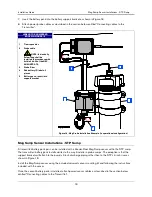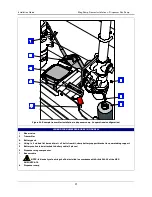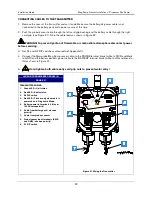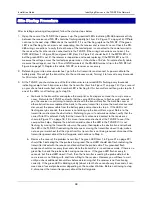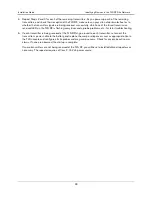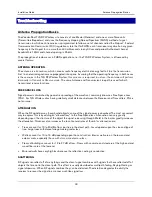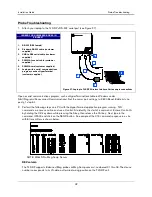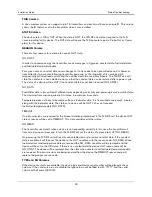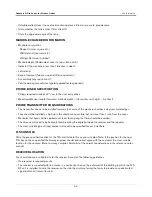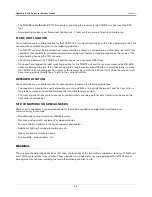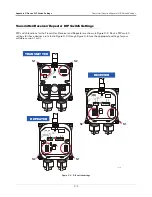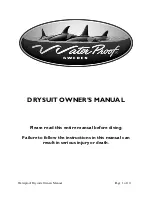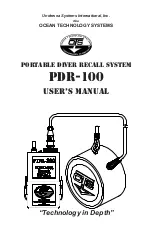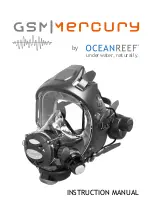
Installation Guide
Identifying Devices in the TLS RF Site Network
27
Network Setup
Hardware Overview
An example TLS RF site network illustrating a 16 transmitter configuration is shown in Figure 26. The
maximum number of transmitters permissible in a TLS RF Wireless site is 16 (requires 2 TLS RF units).
LEGEND FOR NUMBERED BOXES IN
1.
Site Network
2.
Wireless network
3.
VR bus
4.
Up to 16 transmitters are
supported in this example site.
5.
Repeater
6.
Receiver
7.
TLS RF, one required per 8
transmitters
8.
TLS-350R console
Figure 26. Example Site Network diagram
NOTE: The device type (i.e., mag probe or mag sump sensor) and quantity permissible in your site’s
network is dependent on the capabilities of the installed TLS console.
Identifying Devices in the TLS RF Site Network
The Site ID must be identical for all transmitters, the repeater, and the receiver in the site’s wireless network.
Each transmitter in the site’s wireless network must have a unique device ID number (from 1 – 16)
Each repeater in the site’s wireless network must have a unique repeater ID number (from 0 – 15)
The receiver on the site’s VR bus must have a unique VR bus address (from 0 – 3).
Each TLS RF in the site’s network must have a unique Device Set address (Master at 0 and Auxiliary at1).
All ID numbers are converted into binary form and entered using DIP switches located in each device.
You must enter the IDs in each device before it is installed.
Create a site network worksheet in which you list each transmitter, its location and its Site ID. Using this
worksheet when setting device DIP switches and connecting signal wires will help ensure the TLS console is
receiving the intended data transmissions.







